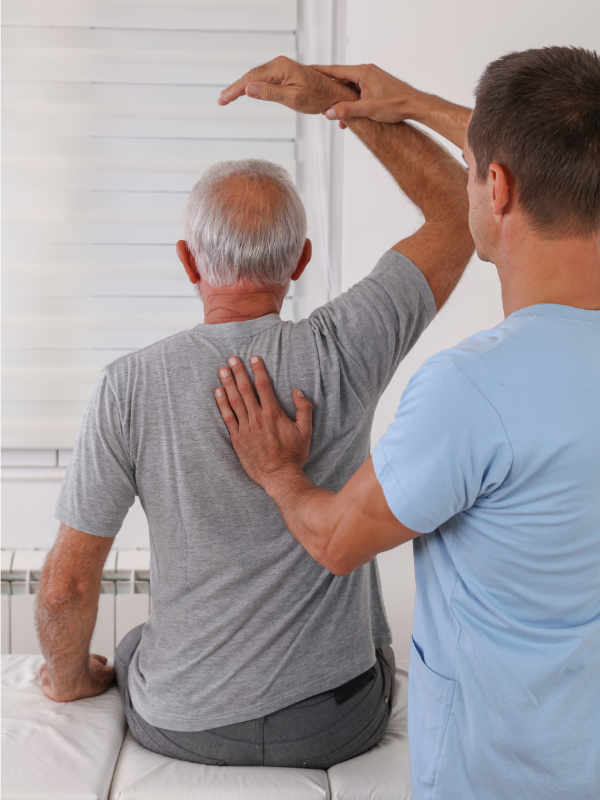Active rehabilitation refers to a form of therapy or exercise program that actively involves the individual in their own recovery or improvement process, particularly after an injury, illness, or surgery. The focus is on engaging the individual in physical activities and exercises to restore or enhance their functional abilities, mobility, and overall well-being.
Common examples of active rehabilitation include therapeutic exercises, stretching, strength training, cardiovascular exercises, and functional activities aimed at improving coordination and balance.
It’s important to note that the specific nature of active rehabilitation can vary depending on the individual’s condition, the healthcare professional’s recommendations, and the overall treatment plan. Always consult with a qualified healthcare professional to determine the most appropriate rehabilitation approach for a particular situation.
Patient Involvement:
The individual actively participates in their rehabilitation, performing exercises and activities under the guidance of healthcare professionals, such as physiotherapists, occupational therapists, or exercise physiologists.
Customization:
Programs are often tailored to the specific needs and abilities of the individual. The exercises and activities are designed to address the person’s unique condition, taking into account factors such as the type and severity of injury, overall health, and personal goals.
Progressive Loading:
The rehabilitation program typically involves gradually increasing the intensity and complexity of exercises as the individual progresses in their recovery. This progressive loading helps prevent further injury and promotes optimal healing.
Functional Focus:
The exercises and activities are geared towards improving functional abilities, such as walking, lifting, reaching, and other movements essential for daily life. The goal is to enhance overall function and independence.
Education:
Active rehabilitation often includes an educational component, where individuals learn about their condition, proper body mechanics, and strategies for preventing future injuries. This knowledge empowers individuals to take an active role in their ongoing health and well-being.
Motivation and Compliance:
By involving individuals in their own rehabilitation, active programs can enhance motivation and adherence to the prescribed exercises. This can lead to better long-term outcomes.

